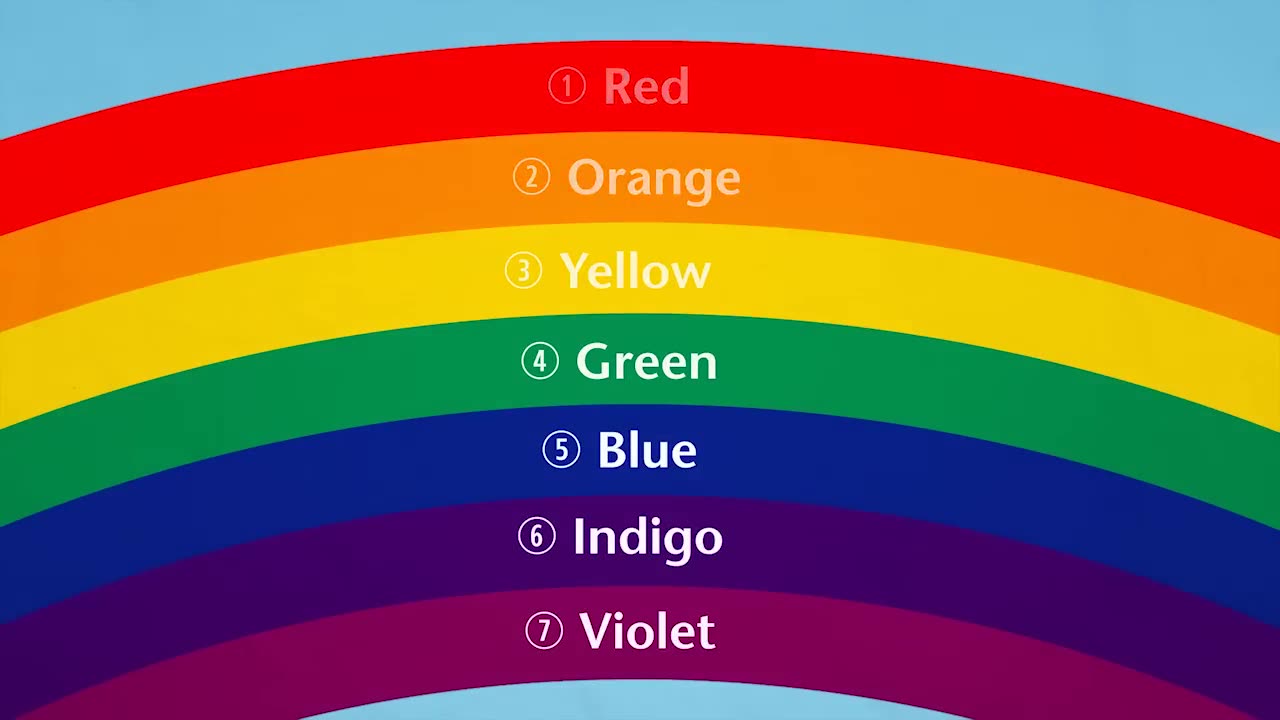Premium Only Content

How Do Rainbows Form? - Weather Basics
How Do Rainbows Form?
rainbow is an optical phenomenon caused by refraction, internal reflection and dispersion of light in water droplets resulting in a continuous spectrum of light appearing in the sky. The rainbow takes the form of a multicoloured circular arc. Rainbows caused by sunlight always appear in the section of sky directly opposite the Sun. Rainbows can be caused by many forms of airborne water. These include not only rain, but also mist, spray, and airborne dew.
Rainbows can be full circles. However, the observer normally sees only an arc formed by illuminated droplets above the ground,[3] and centered on a line from the Sun to the observer's eye.
In a primary rainbow, the arc shows red on the outer part and violet on the inner side. This rainbow is caused by light being refracted when entering a droplet of water, then reflected inside on the back of the droplet and refracted again when leaving it.
In a double rainbow, a second arc is seen outside the primary arc, and has the order of its colours reversed, with red on the inner side of the arc. This is caused by the light being reflected twice on the inside of the droplet before leaving it.
More Meteorology Videos
https://rumble.com/playlists/JfAj918PQuc
-
 0:14
0:14
Earth Wind and Fire
19 days agoActor James Woods records the massive Pacific Palisades fire from his driveway
8442 -
 18:22
18:22
Neil McCoy-Ward
1 hour agoThe 🇨🇴 Colombian President Just Learned The HARD WAY!!! (Another Win For The USA 🇺🇸)
5392 -
 1:56:04
1:56:04
TheDozenPodcast
16 hours agoMass deportations, Islamists, Saving the UK: Nick Tenconi
17.7K17 -
 35:24
35:24
Survive History
21 hours ago $8.21 earnedCould You Survive in a Cavalry Regiment During the English Civil War?
81.1K7 -
 28:15
28:15
Degenerate Plays
15 hours ago $4.07 earnedTwo Birds' Secret Meeting - Gotham Knights : Part 26
64.3K5 -
 12:29
12:29
Mr. Build It
5 days agoWish I Knew This Before I Started Building It
55.4K24 -
 2:03:57
2:03:57
Megyn Kelly
2 days agoNew Trump Derangement Syndrome, and How CNN Smeared a Navy Veteran, w/ Piers Morgan & Zachary Young
154K188 -
 10:05
10:05
DIY Wife
3 years agoHow We Flip Old Furniture For Profit!
84.3K63 -
 2:14:54
2:14:54
TheSaltyCracker
13 hours agoTrump Goes Gangster ReeEEeE Stream 01-26-25
212K363 -
 4:42:13
4:42:13
Due Dissidence
22 hours agoTrump Calls To "CLEAN OUT" Gaza, Swiss ARREST Pro-Palestine Journalist, MAGA's Hollywood Makeover?
95.6K118